Indochina, Portrait of an Indochinese, 1920
Ink wash on paper, signed and dated 1920 upper left
28 x 21 cm
Provenance:
Family of the artist
André Maire was born in Paris in 1898. Sensitive to the outline of his artistic gifts, his father enrolled him in the year 1909 at the municipal drawing school of the Place des Vosges, where he was a student until his death in 1916.
The following year, his mother died. To survive, the young man works in a theater set factory. He frequented the Devambez workshop and the painter Emile Bernard, to whom he had been introduced a few years earlier, took him under his wing. He taught him a lot, introduced him to different techniques, and more generally advised him in his readings and in his artistic and personal choices.
Mobilized at the end of 1917, André Maire completed his military service in Indochina where he taught drawing. He discovered the site of Angkor, which would mark him for life.
In 1921, returning from Asia, he went to Italy with Emile Bernard and married his daughter Irène the following year in Venice. The couple remained there for seven years, running a small gallery where the painter offered his works for sale. However, they did not break ties with Paris, where they rented a small workshop. The artist began to develop the sepia technique, which allowed him to create large decorative compositions in which an increasingly pronounced taste for architecture was expressed.
In 1930, André Maire won the Casa Vélasquez Prize and spent two years in Spain, discovering Toledo, Ronda, Salamanca, Gibraltar… The same year, he bought a house in Burgundy, in Semur-en-Auxois which became his port of call. 'attached. At the end of the 1930s, the painter discovered Egypt, then India, but while he was still in Ceylon, the war broke out and he was forced to return to France where he had just been mobilized. Once the conflict was over, he undertook a trip to Africa, along the Niger River, but it was cut short because he contracted malaria.
The year 1947 marked his return to Asia, where he settled for ten years, returning to France only twice in 1951 and 1954. He stayed in Hanoi, Saigon, Dalat, where he became passionate about the mode of life of the populations of the high plateaus and the animation of the banks of the Mekong. Finally, the painter went to Madagascar at the end of the 1950s.
André Maire's trips were generally long and allowed him to explore not only the landscapes he observed, but also their inhabitants, to familiarize himself with cultures as different as they are fascinating. This humanist vision characterizes most of his works.
From the 1930s, he exhibited regularly in prestigious Parisian galleries, notably at Charpentier as well as at the Georges Petit gallery, but also in Brussels at Isy Brachot. He spent the last years of his life in the family home in Semur-en-Auxois, where he continued to paint, filled with daydreams and memories of so many travels.
At the end of 2015, the Alexis Pentcheff gallery, in collaboration with Ms. Loredana Harscoët-Maire, daughter of the artist, is organizing a major retrospective of the artist's work presenting more than a hundred works.








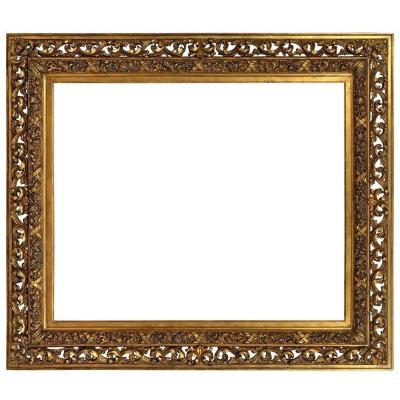
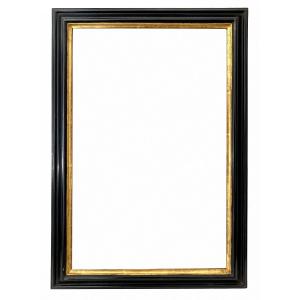
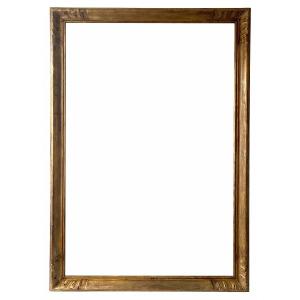

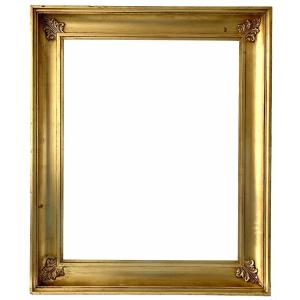


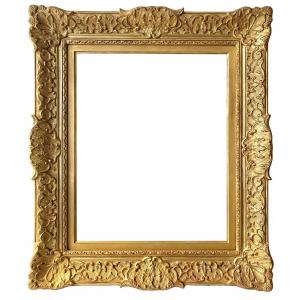



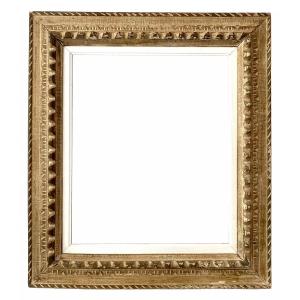

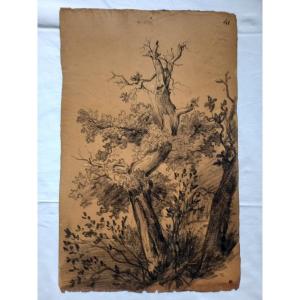
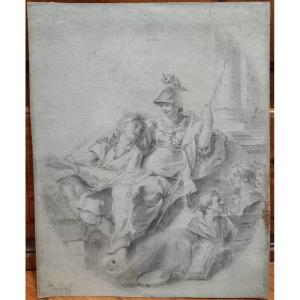
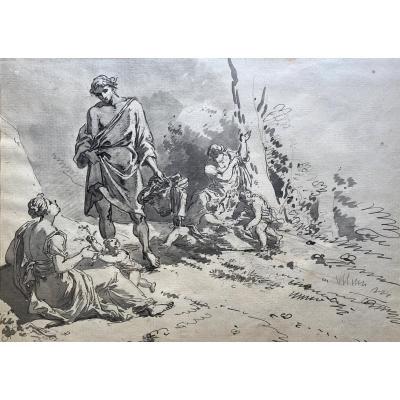





 Le Magazine de PROANTIC
Le Magazine de PROANTIC TRÉSORS Magazine
TRÉSORS Magazine Rivista Artiquariato
Rivista Artiquariato